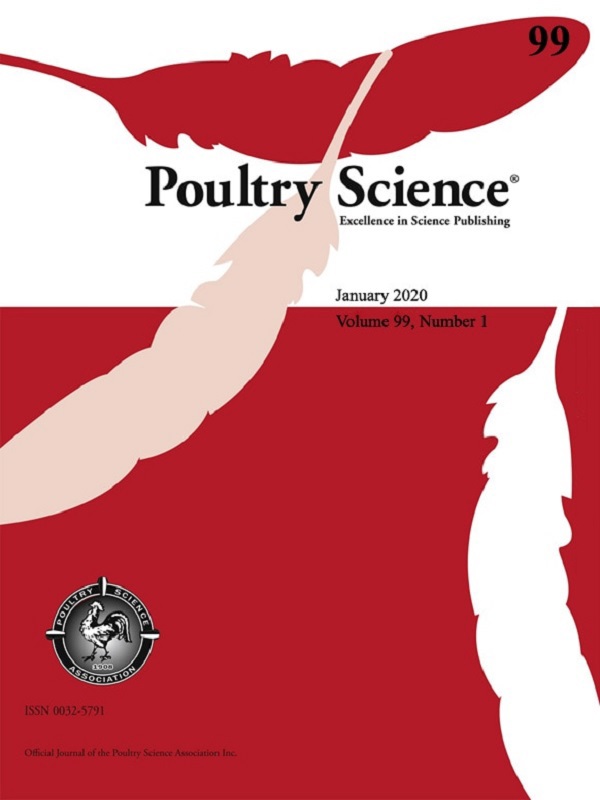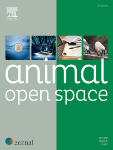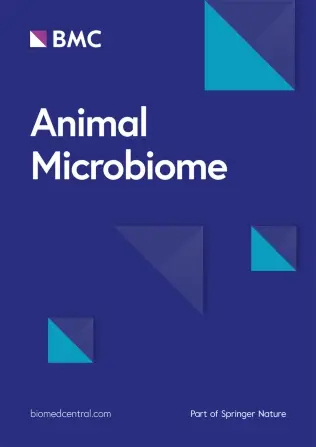- Swine
To avoid a high body protein mobilization in modern lean sows during lactation, an adequate dietary amino acid (AA) supply and an efficient AA utilization are crucial. This study evaluated the effects of dietary CP and in vitro protein digestion kinetics on changes in sow body condition, litter weight gain, milk composition, blood metabolites, protein utilization efficiency and subsequent reproductive performance. We hypothesized that a slower digestion of dietary protein would improve AA availability and utilization. In total, 110 multiparous sows were fed one of four lactation diets in a 2 × 2 factorial design, with two CP concentrations: 140 g/kg vs 180 g/kg, and two protein digestion kinetics, expressed as a percentage of slow protein (in vitro degradation between 30 and 240 min): 8 vs 16% of total protein. Feeding sows the high CP diets reduced sow weight loss (Δ = 7.6 kg, P < 0.01), estimated body fat loss (Δ = 2.6 kg, P = 0.02), and estimated body protein loss (Δ = 1.0 kg, P = 0.08), but only at a high percentage of slow protein. A higher percentage of slow protein increased litter weight gain throughout lactation (Δ = 2.6 kg, P = 0.04) regardless of CP concentrations, whereas a higher CP only increased litter weight gain during week 3 of lactation (Δ = 1.2 kg, P = 0.01). On Day 15 postfarrowing, serial blood samples were taken from a subsample of sows fed with the high CP diets. In these sows, a high percentage of slow protein resulted in higher plasma AA concentrations at 150 and 180 min after feeding (Δ = 0.89, P = 0.02, Δ = 0.78, P = 0.03, mmol/L, respectively) and lower increases in urea at 90 and 120 min after feeding (Δ = 0.67, P = 0.04, Δ = 0.70, P = 0.03, mmol/L, respectively). The higher dietary CP concentration increased total nitrogen loss to the environment (Δ = 604 g, P < 0.01) with a reduction of protein efficiency (Δ = 14.8%, P < 0.01). In the next farrowing, a higher percentage of slow protein increased subsequent liveborn litter size (Δ = 0.7, P < 0.05). In conclusion, feeding sows with a high dietary CP concentration alleviated maternal weight loss during lactation when the dietary protein digestion rate was slower, but lowered protein efficiency. A slower protein digestion improved litter weight gain, possibly by reducing AA oxidation and improving plasma AA availability, thus, improving protein efficiency.









